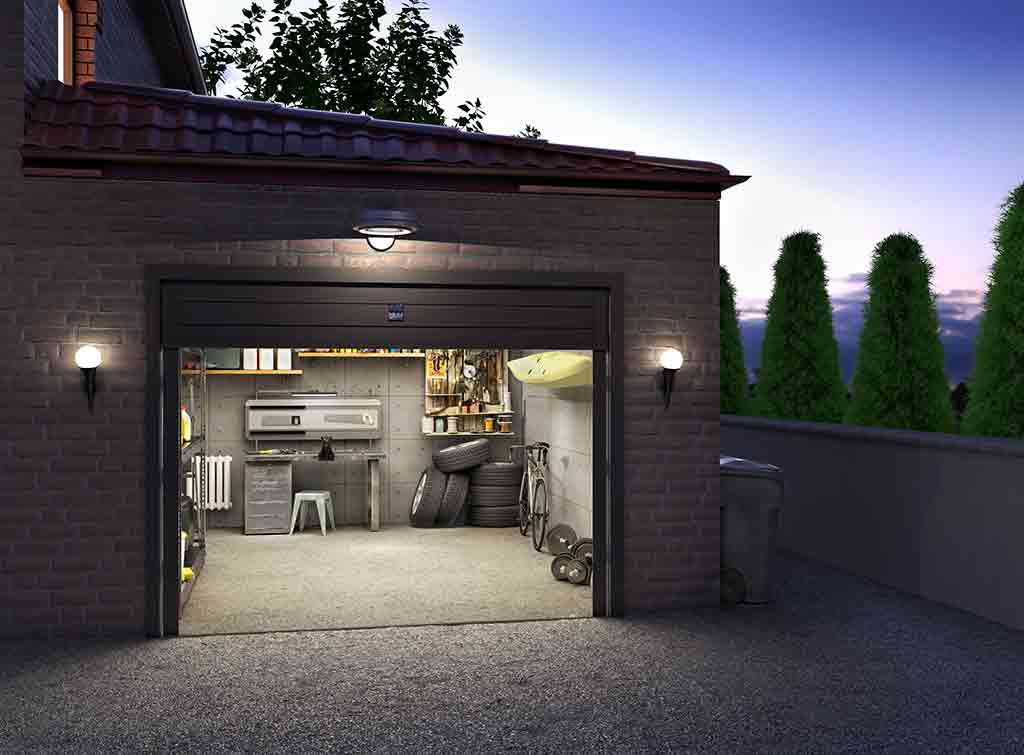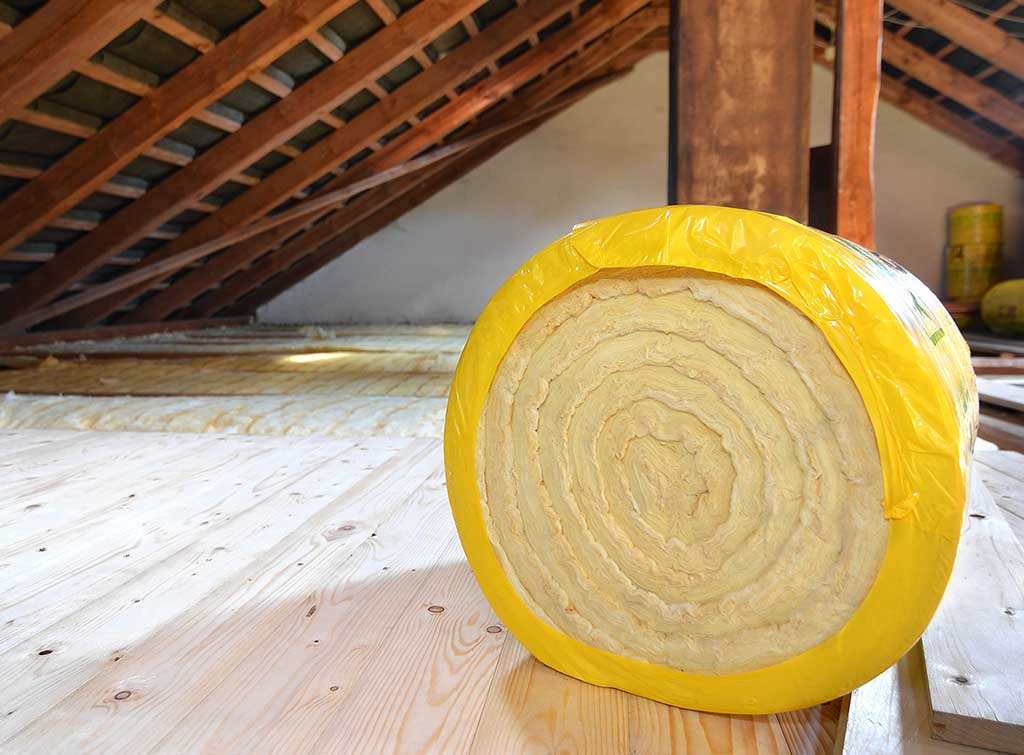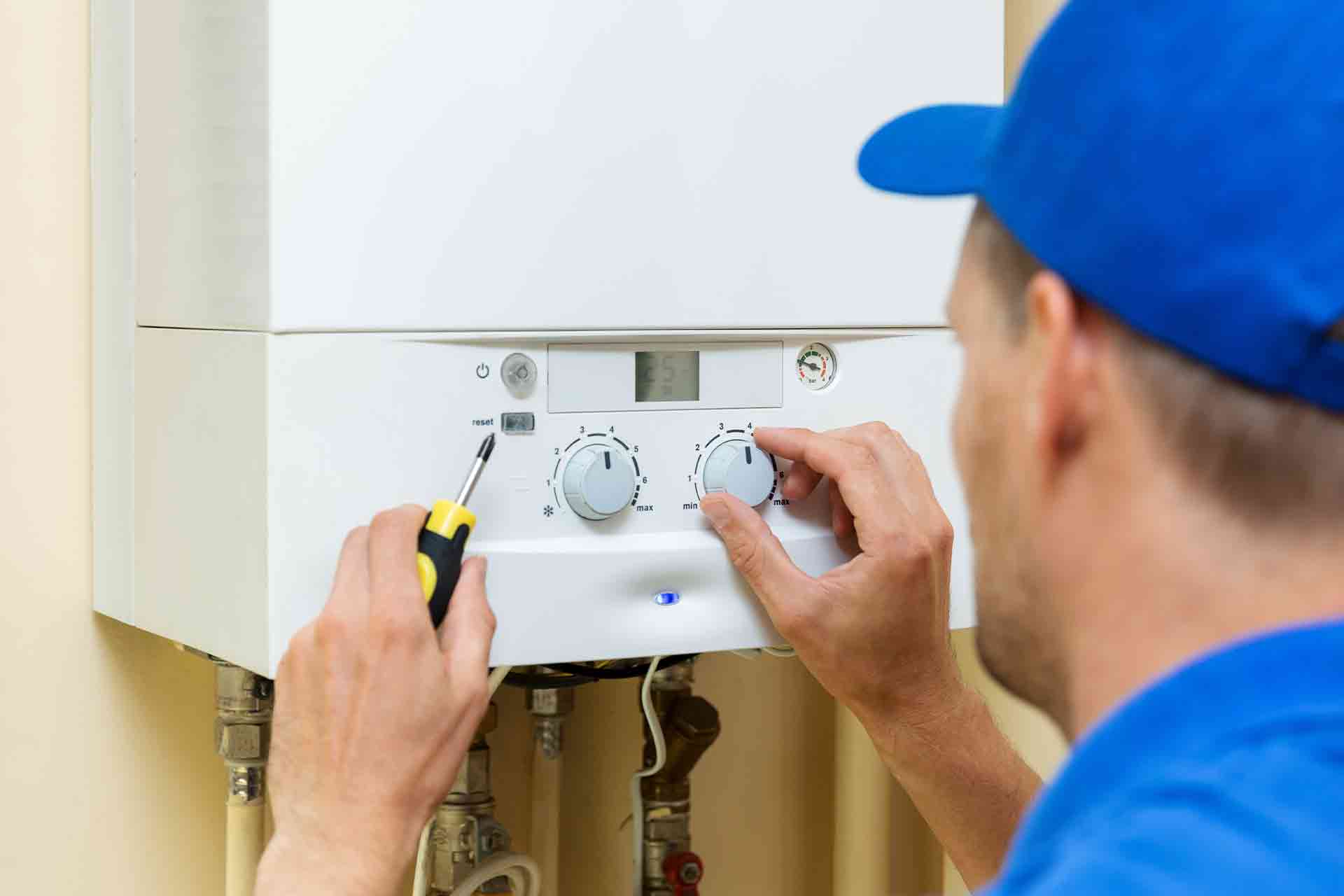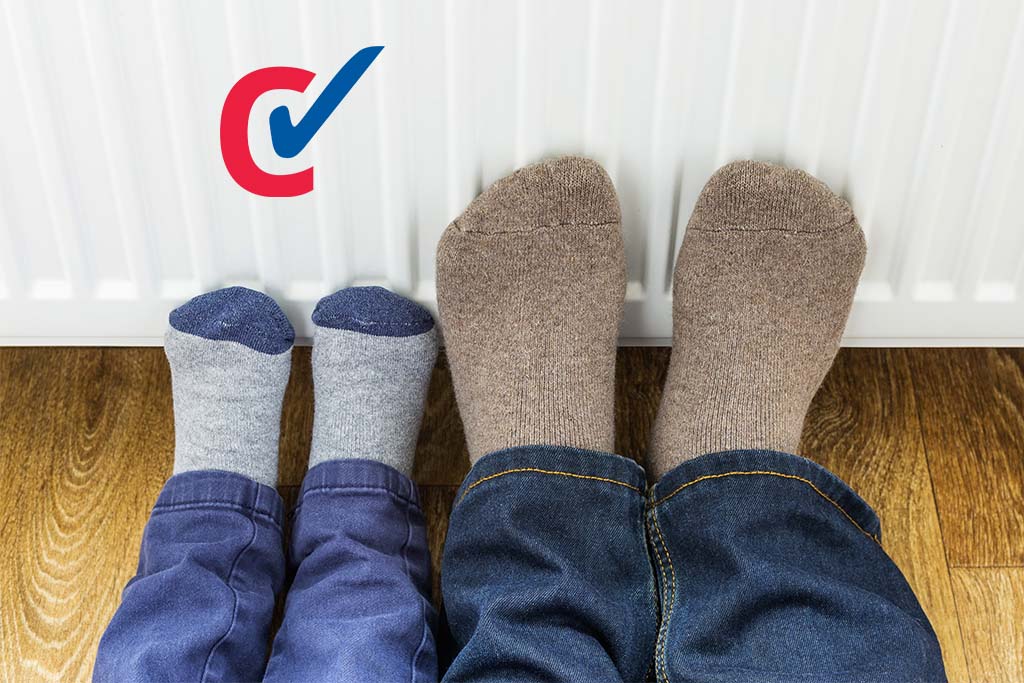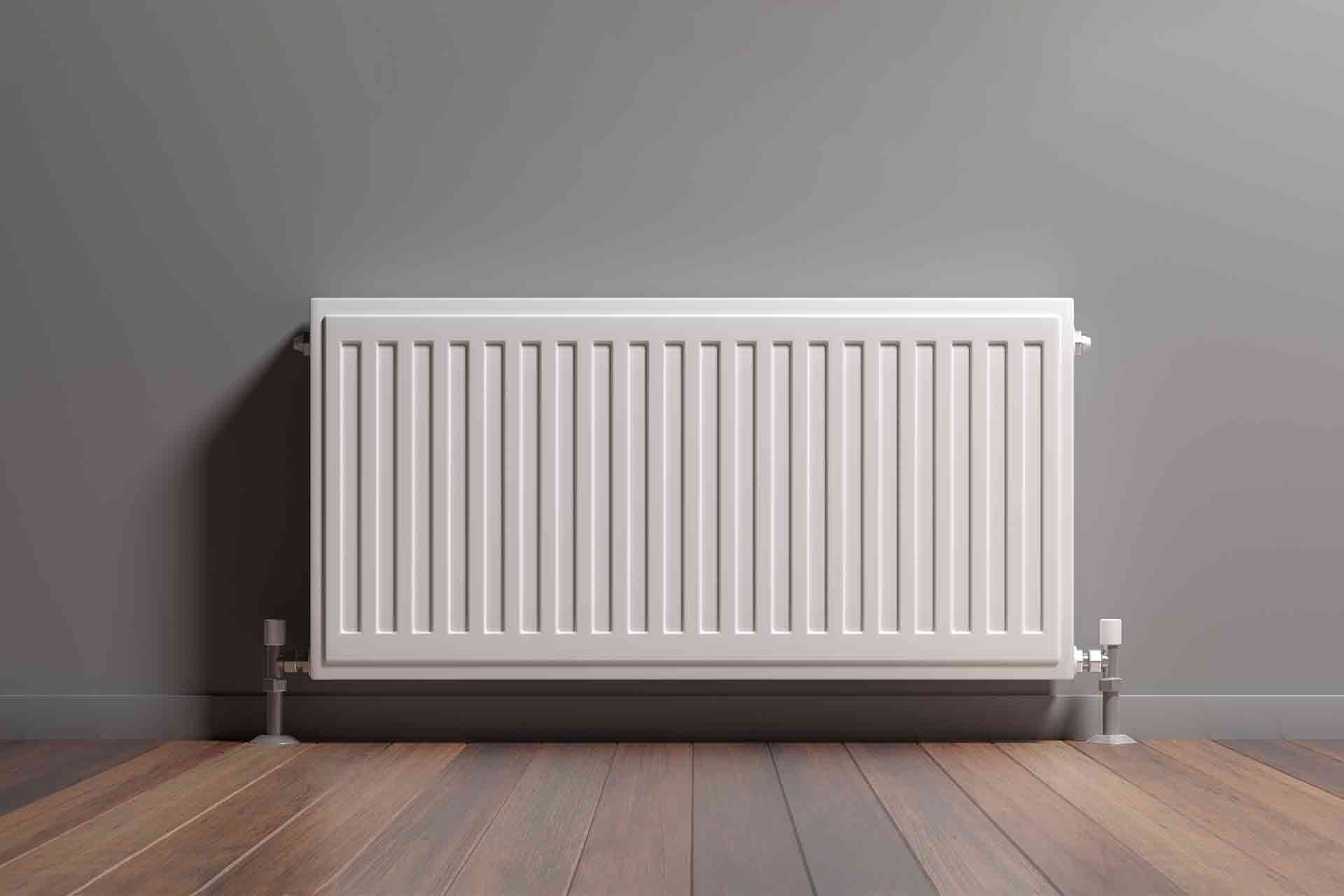Blog>Planning Guides>New central heating system planning guide
Last updated: 19 July 2024
New central heating system planning guide
Installing a central heating system for the first time? Or think your existing central heating needs an upgrade? Here’s all you need to know.
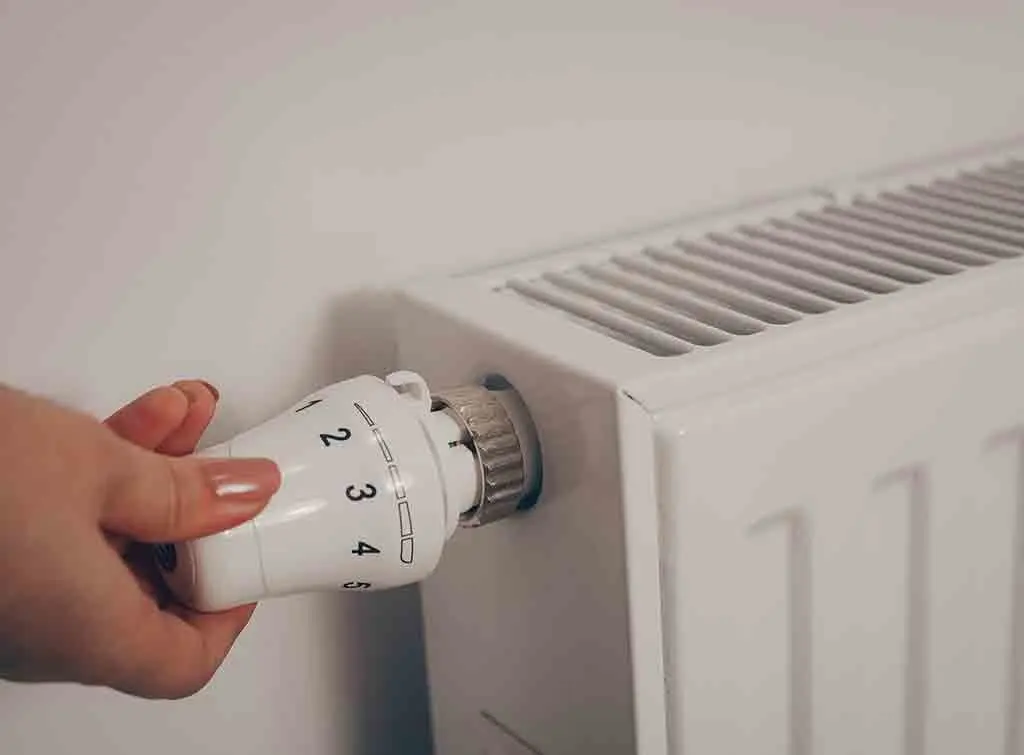
Investing in a new central heating system can reduce your monthly heating costs, improve your home’s energy efficiency, and give you greater control over the way you heat your home.
But if you’re hoping to install a new central heating system, it can be tricky to know where to start.
Don’t worry. Here, we’ll go through everything step-by-step so you can plan your central heating installation without a hitch.
Why install a new central heating system?
Central heating is a must in today’s day and age.
A central heating system consists of pipework and radiators (or underfloor heating) that are connected to a boiler. The boiler heats up water, which moves through the pipework to your radiators.
In this way, it’s able to warm up the various rooms of your property, before travelling back to the boiler for reheating.
Often – but not always – the same boiler will also provide hot water to the taps in your home.
If you’re renovating a period property that doesn’t yet have central heating, this is likely one of the first jobs you’ll want to plan for. After all, central heating is key to providing you with warmth and comfort in your home.
But this isn’t the only scenario in which you may need a new central heating system. Rather, replacing your existing central heating could help you improve your home’s energy efficiency, lower your energy bills, and reduce your carbon footprint. This brings us onto…
When to replace your central heating system
There’s no exact timeline for when to replace your central heating system.
However, you’ll want to look for the following signs that it’s time to make a change:
Your heating bills are going up
You’re always forking out on repairs
You’re constantly adjusting the thermostat
Your home is being heated unevenly
Your heating is running for short, frequent cycles
The boiler makes strange noises
You feel uncomfortable at home
Your boiler is getting old
As a general guide, you should consider a boiler upgrade roughly every 10 to 15 years, even if your boiler is working okay. This is because newer boilers are typically much more efficient and environmentally friendly than their older counterparts.
Meanwhile, you’ll need to replace your radiators around every 15 to 20 years.
Although you don’t necessarily need to replace both your boiler and radiators at the same time, there are lots of advantages to a full central heating system upgrade.
Not only is it a great way to ensure your whole system is working efficiently, but it will usually cost less than replacing the individual elements at different points.
See the tradespeople we've checked and recommend for your job
Key considerations when replacing your central heating system
There are lots of different elements to your central heating system. Sometimes, it can be hard to know which parts you need to replace when you’re embarking on an upgrade.
Here are the different options you’ll need to consider.
1. Boiler
Your boiler is the central unit that provides heat – so, it’s key to a good central heating system.
If it’s time to replace your boiler, you’ll need to choose one that’s suited to your property’s needs.
Efficiency
First things first, be sure to consider your new boiler’s efficiency.
While a more efficient boiler will cost more, it will also save you on energy costs in the long run – as well as being better for the environment.
New boilers today have to be A-rated, with a minimum of 92% ErP efficiency (ErP, which stands for ‘Energy-related Products', is a European rating system for boilers and other heating appliances).
But some boilers will still be more efficient than others!
Type
Replacing your boiler like-for-like will cost less than converting it to a different type. But if you’re not happy with the type of boiler you have currently, now could be the perfect time to change it.
Nowadays, there are three main types of domestic boilers:
Combi boilers don’t need a storage tank and are able to heat water straight from the mains
System boilers use hot water cylinders but don’t have cold water tanks
Conventional boilers rely on a storage cistern with two feeds: one for hot water and one for cold
Combi boilers are the most popular gas boiler type used across the UK today.
Why? Well, they’re an economical choice for homeowners and they don’t take up much space, thanks to the fact that they don’t need cold water tanks or hot water cylinders.
Plus, a combi boiler will give you unlimited hot water whenever you want. This is in contrast to system and conventional boilers, which only hold a certain amount of water that has to be heated in advance.
Head over to our guide on the best boilers for central heating to learn more.
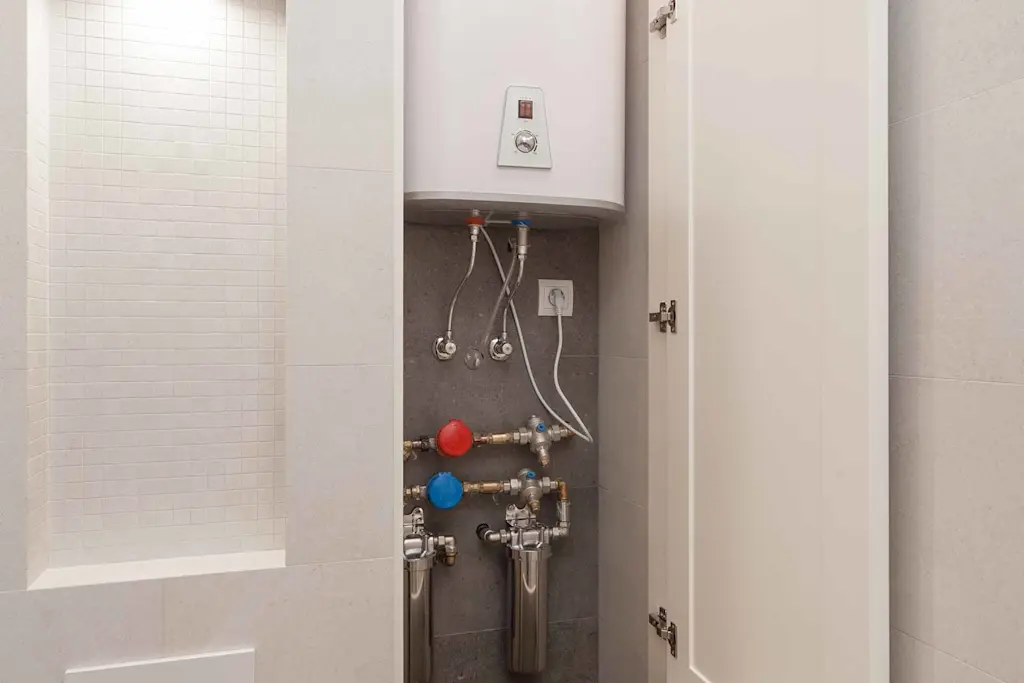
Position
You’ll also need to think about where you want to locate your new boiler.
Again, moving your boiler to a new location will cost more than installing your new boiler in the same place as your old one.
This is because the installation process will be more complex and take longer to complete.
However, if your boiler is currently taking up valuable space, moving it to a new location – for instance, your loft – could be a great solution.
As a rough guide, installing a new boiler in a new location will cost around £1,000.
2. Radiators
If you’re upgrading your heating system, it makes sense to think about replacing your radiators at the same time.
Modern radiators can be up to 50% more efficient than old ones and can channel water more efficiently too, meaning lower energy bills.
Plus, replacing them at the same time as your boiler will mean less disruption and lower costs than if you end up replacing them both separately.
If you decide to go ahead with new radiators, here are some things to consider:
Size
It’s important to make sure you choose the correct size radiator to heat each room of your house efficiently.
To calculate the right size, you can use a BTU (British Thermal Unit) calculator.
A professional will also be able to help.
See the tradespeople we've checked and recommend for your job
Efficiency
Radiators come in a range of different materials, some of which are better conductors than others.
Aluminium is arguably the best radiator material.
As a superconductor, aluminium radiators can heat up rooms quickly. They also tend to use less water than other kinds. Because of this, typically less energy is needed to heat the water and pump it around your heating system.
However, there are many other radiator materials that could also be a great option for your home. Head over to our guide on the most efficient radiators to learn more.
Location
You’ll also need to consider where to install your radiators.
Replacing your radiators without changing their location will be the most cost-effective option.
But sometimes, moving the position of your radiators can open up more design options – or even help to heat a room more efficiently.
Radiators are usually installed beneath windows to combat heat loss through the window. That said, placing your radiators adjacent to the window can also be effective for heat control – especially if your windows reach to the floor.
Aesthetics
Don’t forget to consider the look of your new radiators.
Radiators come in all shapes, sizes, colours, and materials.
In fact, instead of being purely functional, modern radiators can often form the focal point of a room.
While a cast iron column radiator can look beautiful in a period property, a modern extension might benefit from a slick, space-saving vertical radiator.
Check out our radiator ideas for some inspiration.
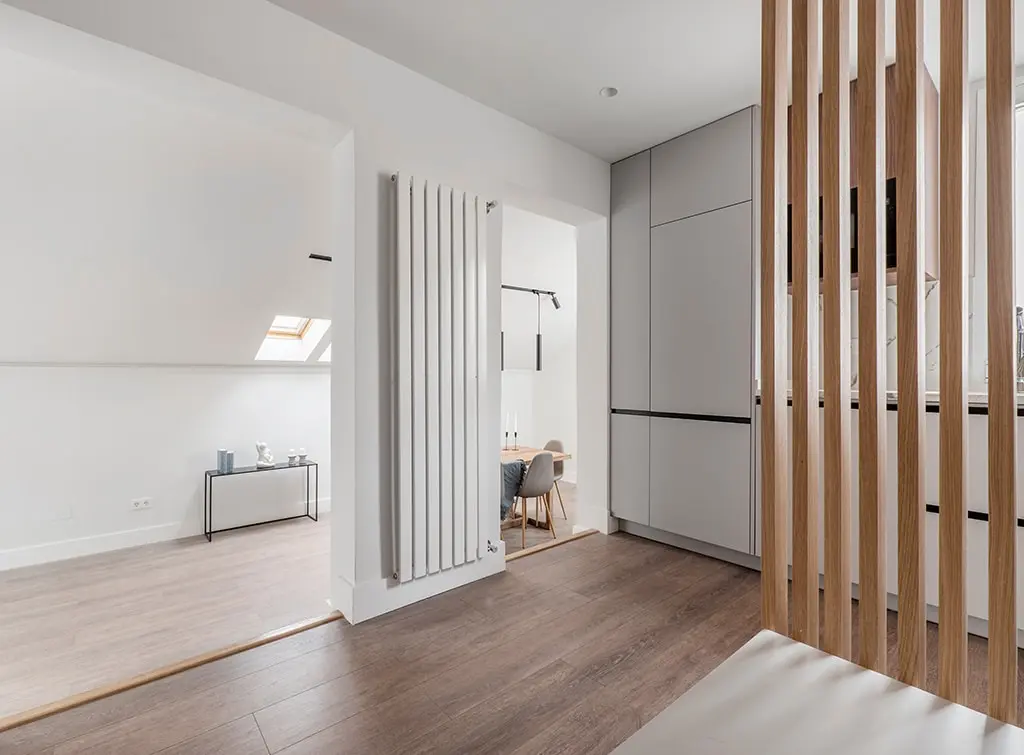
3. Smart thermostatic radiator valves
It can be a good idea to install smart thermostatic radiator valves along with your new radiators – or even on your existing ones if you choose not to replace them.
Thermostatic radiator valves have a dial that allows you to control the temperature of each individual radiator in your home.
Meanwhile, smart thermostatic radiator valves actively monitor your activity in each room and use this information to heat your rooms accordingly.
They also let you programme your radiators from your smartphone. In this way, they make it easier for you to control your home’s level of heating to suit your needs – and save energy.
4. Smart thermostat
All new boilers have to be installed with a thermostat.
While you technically could keep your old thermostat if it’s in good condition, we’d advise against it for a number of reasons.
Firstly, if your boiler and controls are the same age, it’s a good idea to replace them at the same time – if they’re old, your thermostat’s accuracy and reliability could be questionable.
And secondly, when you install a new boiler, the controls (such as the thermostat) should be Boiler Plus compliant. If they’re not, which is likely, you won’t be complying with building regulations Part L.
Ultimately, it’s always best to replace old timers and thermostats with new ones, as they’re generally more energy efficient and the wiring can be different.
Plus, replacing them at the same time as your boiler will cost less than replacing them at a later date!
Head over to our guide on the cost of a smart thermostat to find out more.
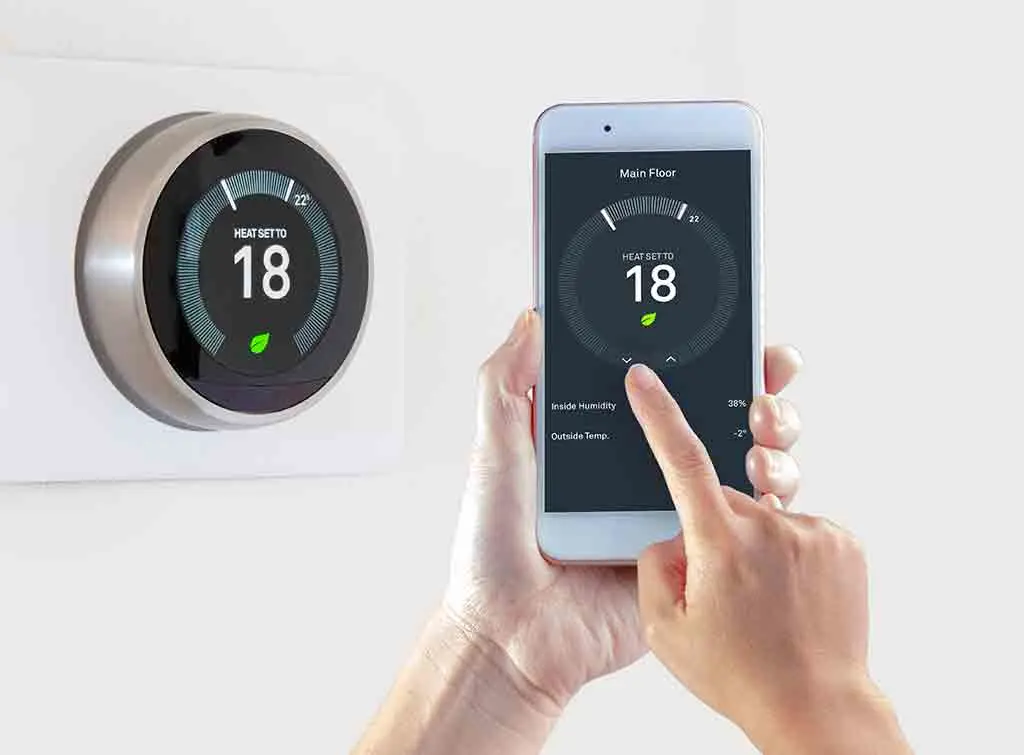
5. System filters
Over time, sludge can build up in your radiators and stop them from heating to full capacity.
Sludge is essentially rust that’s released from the metal pipes and radiators in your central heating system, and collected by the water running through it.
To prevent this from happening, you can fit system filters to the return pipes on your boiler. These use powerful magnets to collect sludge.
System filters typically cost under £200 for supply and installation.
You might also find that your boiler manufacturer offers an additional warranty if you install their system filter with your new boiler.
6. Pipework
If you’re considering a complete overhaul of your central heating system, you might be wondering whether you need to replace the pipework.
This can be a costly, messy job. So, you’ll be pleased to hear that there’s usually no need!
That said, there are a few scenarios where you might want to consider it.
Kettling
If your boiler is kettling (where it makes a noise similar to a kettle), this could be down to a fault with your pipework. For instance, a leak or a build-up of sludge.
In this case, it’s worth getting your pipework checked by a professional before installing a new boiler, to make sure it’s not the culprit.
Uneven heat
Have you found that your pipework is very hot coming out of the boiler, but the radiator temperature isn’t as hot?
This could indicate an issue with your pipework such as corrosion or a pinhole leak.
If a professional confirms that this is the problem, it might be worth considering replacing your pipework.
Stainless steel
Nowadays, central heating systems use copper pipes.
However, some older houses might still have stainless steel pipes – although this is quite rare.
If you find that your central heating system uses steel pipes, it could be a good idea to get them replaced. Stainless steel is more susceptible to corrosion, which can lead to both kettling and a build-up of sludge – neither of which you want!
7. Making good
Whatever options you choose, the chances are you’ll need to invest in at least some ‘making good'.
Essentially, even if you only replace your boiler, you’ll likely be left with internal or external holes from where the old boiler or pipework was removed.
While your installer may make good by filling the holes, they won’t typically plaster or decorate.
The more of your central heating system you replace, the more work you’ll usually need to carry out afterward.
For instance, if you replace the pipework, this can be quite disruptive. Your installer will often need to lift up flooring or ceilings and chase pipework into walls.
Remedial work needed might include:
Talk to your central heating engineer before they start so you can get a better idea of the remedial work needed after your new central heating system has been installed.
See the tradespeople we've checked and recommend for your job
How much does a new central heating system cost?
The cost of a new central heating system will depend on several factors, including the:
Size of your property
Number of bedrooms
Type of fuel (gas, electric, or oil)
Distribution pipework
Number of heaters or radiators needed
That said, you can expect to pay around £5,000to install central heating in a four-bedroom, two-storey house, plus around£1,300 - £2,000for anew boiler and installation.
For a house this size, you'd need around ten radiators, which would cost you around £1,500 to install (including parts).
You'd also need your pipework, which costs around£1,000 for supply and installation.
And you should expect to pay around £220 for the water tank.
Just bear in mind that these figures don’t include any remedial work such as plastering and painting. It’s also wise to budget a little extra for any additional parts that are needed, or other work that your engineer comes across on the job.
Hire a professional to install your new central heating system
Although you may be able to carry out small jobs on your central heating system yourself – like replacing the radiators – installing a full central heating system isn’t a job that you should consider completing on a DIY basis.
It’s complex, extensive, and technically challenging work that you don’t want to risk getting wrong. Plus, there are parts of the job that you won’t legally be able to complete yourself – such as boiler installation.
For this, it’s vital that you hire a competent fitter who’s properly registered and follows building regulations at all times.
Luckily, finding the right engineer for the job is easy with Checkatrade!
All our tradespeople have to pass up to 12 checks and adhere to our high standards to get listed on our directory. Plus, we check all the reviews on Checkatrade are from real people, so you know you can trust what you read.
In fact, we’re so confident in the quality of the trades on Checkatrade that if you book through us, we guarantee their work up to £1,000. Guaranteed for 12 months – Eligibility and T&Cs apply.
Simply enter your postcode into the search box below to get started.
See the tradespeople we've checked and recommend for your job

On Checkatrade, you'll only find trades who meet our high standards and pass up to 12 checks.
More Planning Guides
More Gas Central Heating Installation Articles
See the tradespeople we've checked and recommend for your job

